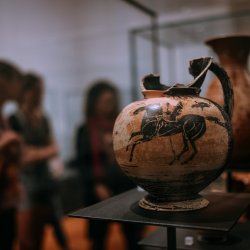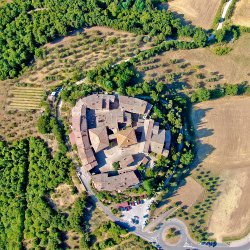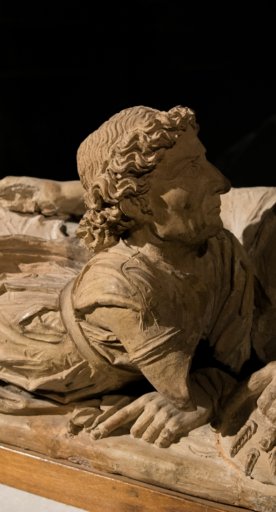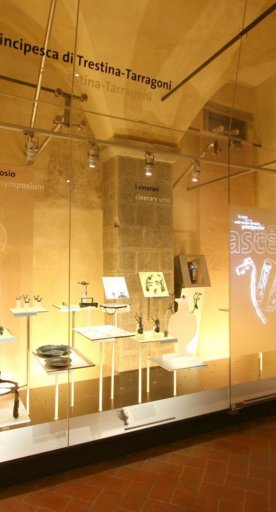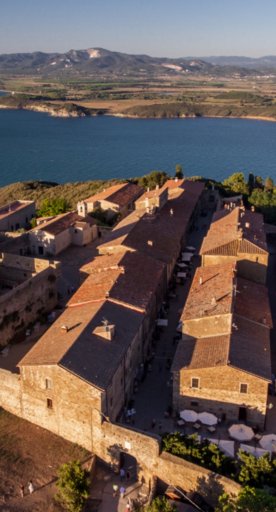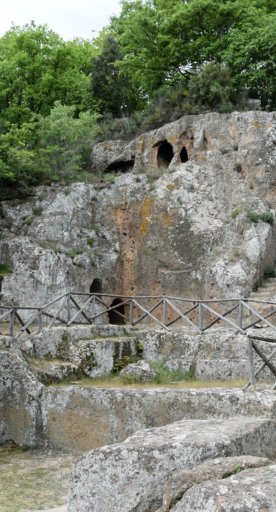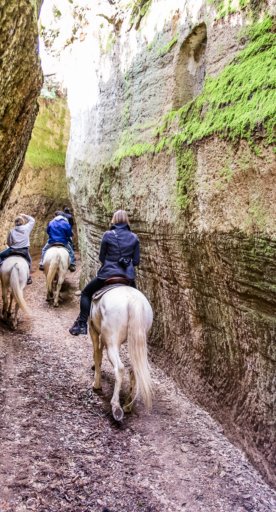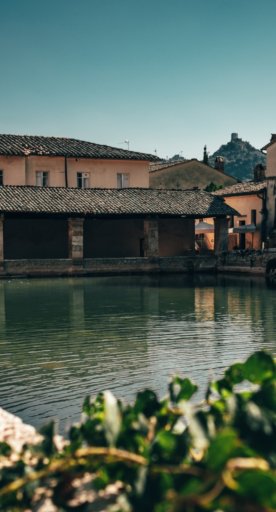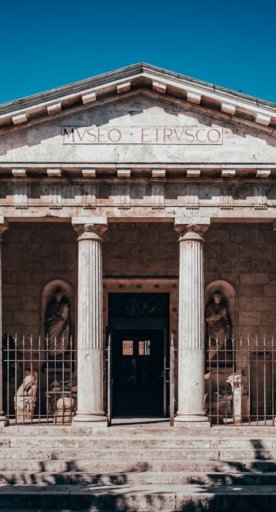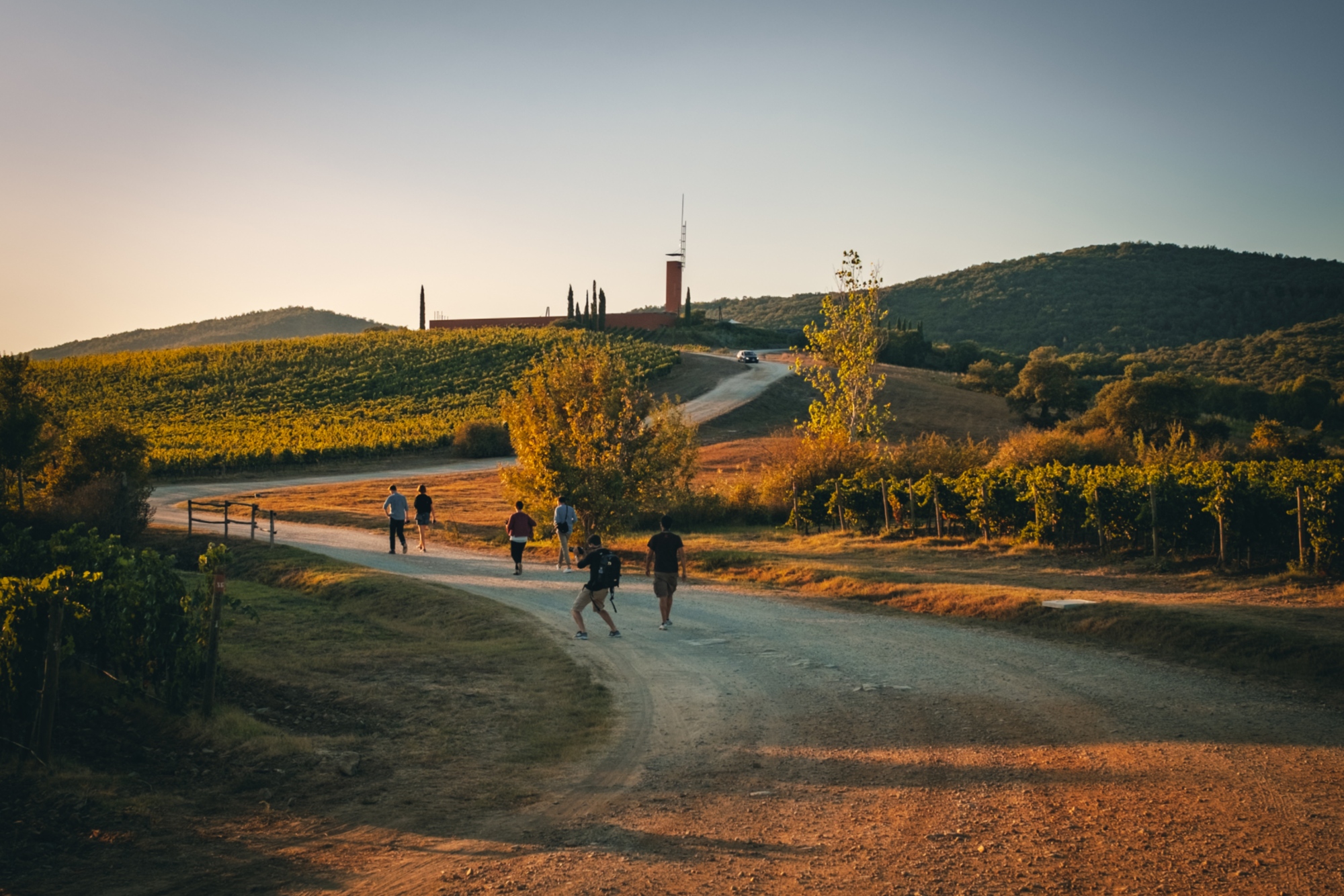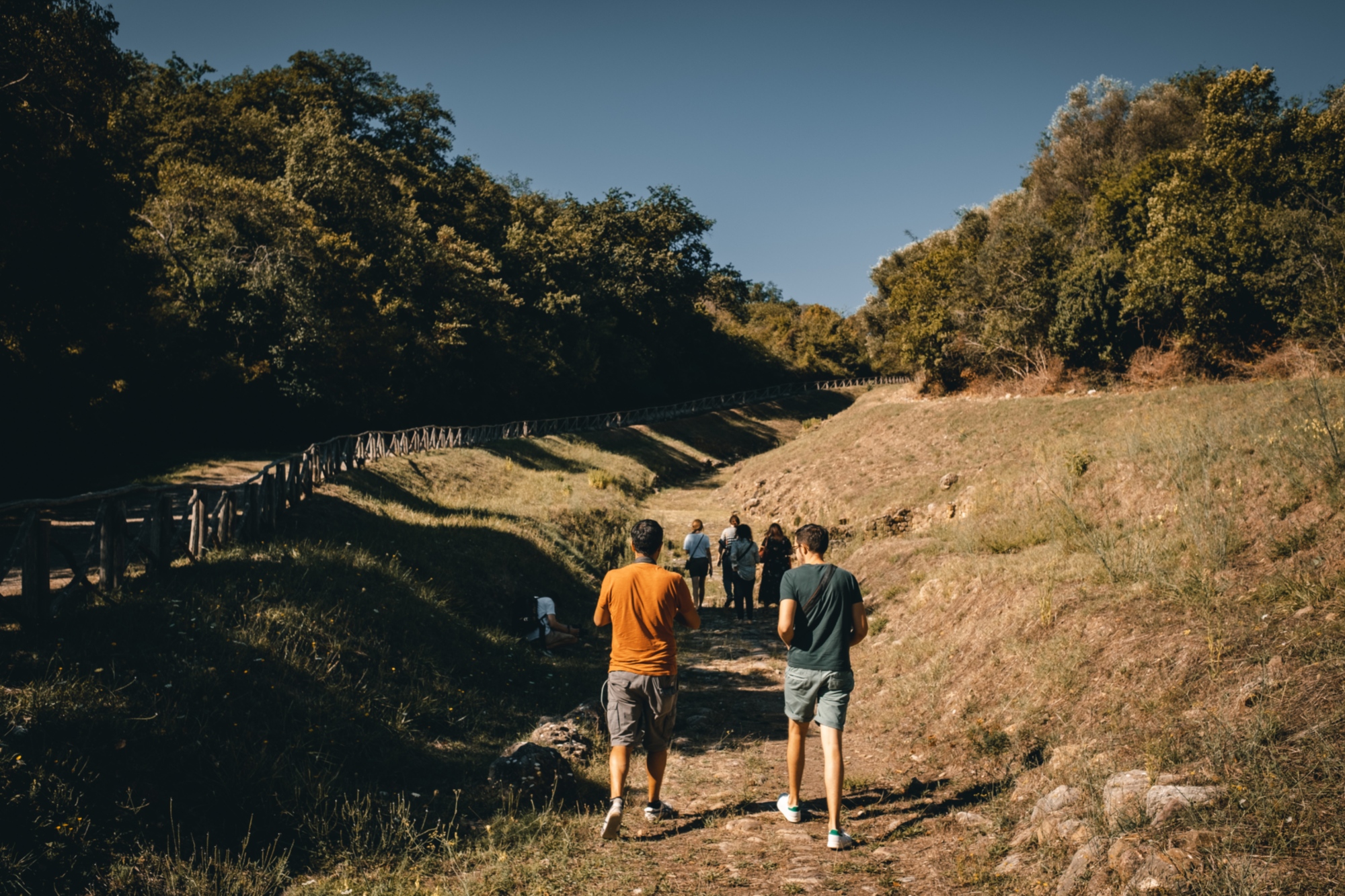

Etruscan thermal baths in Tuscany
Between the sacred and relaxation, Tuscan thermal springs frequented since the time of the Etruscan civilisation
A people highly inclined to enjoy the pleasures of life, the Etruscans between hedonism and health used to carve out moments of pure, beneficial and social relaxation, enveloped by the warmth of hot springs that gush from the center of the earth throughout Tuscany. Immersions in the thermal waters were often accompanied by massages and treatments based on herbs, salts and muds, rituals for the body that tradition still maintains today. Not just a way to find refreshment, thermal waters were also used by the Etruscans for sacred rituals.
Tuscany offers many opportunities to relive a fascinating past and discover the history and customs of this ancient people who dominated central Italy for centuries, combining archaeology and thermal relaxation. These are the Tuscan thermal baths frequented since Etruscan times.
-
1.San Casciano dei Bagni, Etruscan treasures and relaxation
-
2.Saturnia and the Mill waterfalls
-
3.Chianciano Terme, the sacred waters of the Etruscans
-
4.Bagno Vignoni and the Park of the Mills
-
5.Bagni San Filippo, natural hot springs at the foot of the Amiata
-
6.Rapolano Terme, luxury and archaeology
-
7.Petriolo thermal baths, Etruscan springs
San Casciano dei Bagni, Etruscan treasures and relaxation
Recently mentioned in the media for the sensational discovery of 24 statues from the Etruscan-Roman period, San Casciano dei Bagni, as a well-known spa resort in Tuscany, has also been enriched by an archaeological heritage of inestimable value. Its thermal waters safeguarded this Etruscan treasure, brought to light again after millennia; today, these waters not only allude to the Etruscans with every gush, but they offer refreshment and well-being in the splendid thermal facilities of San Casciano or in the Bagno Grande which can be accessed freely.
Saturnia and the Mill waterfalls

The last southern strip of Tuscany is covered with forests and typical Maremma wilderness while its subsoil is enlivened by fervent flows of hot water that rise to the surface in the form of sulfur springs, the Cascate del Mulino (Mill waterfalls) of Saturnia. Tuscany's most famous hot springs are free access and set in a unique landscape and historical context; several necropolises have been found in the area, the finds of which are housed in the archaeological museum located in the center of Saturnia.
Chianciano Terme, the sacred waters of the Etruscans
The most important element of the splendid village of Val di Chiana, is of course water. Thermal water has made Chianciano Terme a famous location throughout the peninsula and a reference point for thermalism, with all its magnificent facilities where one can take advantage of the benefits of the springs; water was the precious and sacred source for ancient civilisations like the Etruscans, who populated this land and left a rich archaeological heritage preserved in the Civic Archaeological Museum of Chianciano.
Bagno Vignoni and the Park of the Mills

The UNESCO World Heritage landscapes of Val d’Orcia are not only made up of resplendent hills and medieval towns. Bagno Vignoni is a small but charming thermal bath village set in an exceptional historical setting, one that has its roots in Etruscan times. The famous pool in the town's main square is not accessible, but there are beautiful thermal facilities that surround the center.
Bagni San Filippo, natural hot springs at the foot of the Amiata

Another thermal pearl in the Val d’Orcia, it is surrounded by a wilder landscape typical of the slopes of the ancient and now extinct volcano of Mount Amiata. The evocative thermal baths of Bagni San Filippo are enveloped by the Amiata forests and offer moments of relaxation in contact with nature. The beneficial properties of these springs were known since Etruscan times.
Rapolano Terme, luxury and archaeology
Located in the heart of the Crete Senesi, punctuated by enchanting green or gray waves depending on the season, Rapolano Terme is a spa resort where nature, luxury and archaeology come together to provide unique moments.
The thermal baths of Rapolano have been exploited since Etruscan times and are set in an area rich with their testimonies, an example is the Campo Muri archaeological site.
Petriolo thermal baths, Etruscan springs
Along the course of the River Farma, in the beautiful countryside of Civitella Paganico, thermal springs form pools for relaxation and well-being, the free thermal baths of Petriolo. The sulphuric waters and their beneficial characteristics were also known to the Etruscans, who settled in the area, as evidenced by the presence of an Etruscan tomb in the vicinity of the baths.

